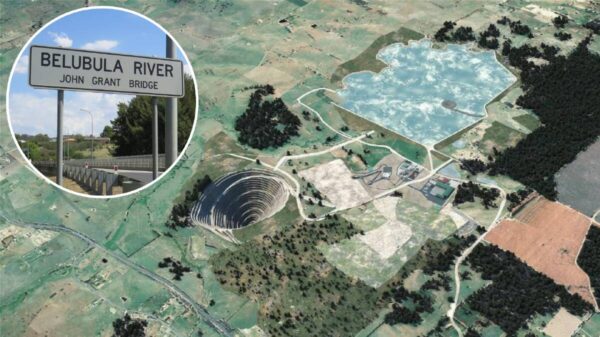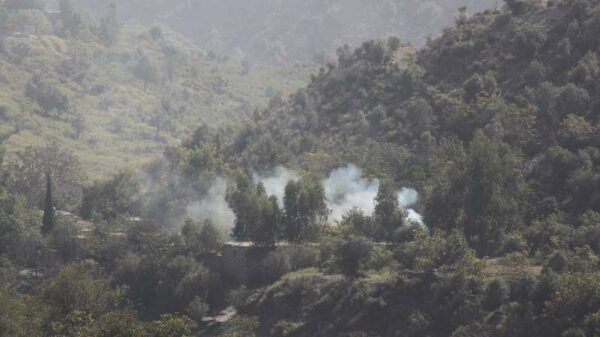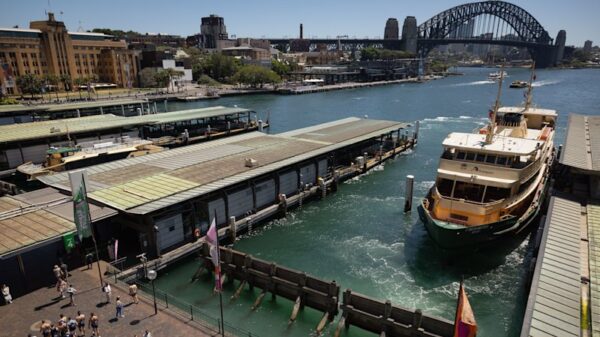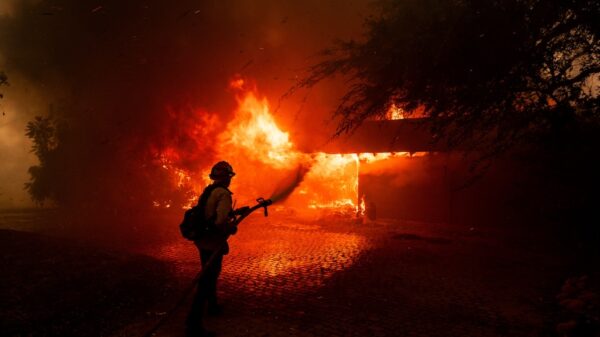The federal environment minister has faced significant pressure from his own department regarding the protection of ancient rock art, which is at risk from industrial emissions. According to recent Federal Court documents, the department urged intervention to safeguard areas of rock art deemed vulnerable to “desecration.” This advice follows a formal request by Murujuga traditional custodian Raelene Cooper in 2022 under the Aboriginal and Torres Strait Islander Heritage Protection (ATSIHP) Act.
The concerns primarily focus on the impact of industrial projects on the Burrup Peninsula, which are believed to be accelerating the degradation of ancient Indigenous rock art within the Murujuga Cultural Landscape in Western Australia. In July 2023, this area was inscribed on the UNESCO World Heritage List due to its cultural significance.
After a prolonged silence from the minister’s office, Cooper escalated the issue to the Federal Court. On Monday, Justice Angus Stewart ruled that the Department of Environment had taken an “unreasonable” amount of time to respond to the request. Although the court found the delay unacceptable, it did not compel an immediate ministerial response as Cooper’s legal team had sought.
The court’s findings indicate that the department’s affidavit, which stated the need for a declaration to protect significant cultural heritage areas, recommended action for only part of the threatened area. The affidavit confirmed the status of Murujuga as “a significant Aboriginal area” under the ATSIHP Act, asserting that it was “under threat of injury and desecration.” The legislation permits the minister to halt any activities that could lead to damage in such areas.
Despite the recommendations, the decision ultimately rests with the federal minister, and there is no obligation to act upon the advice provided. Justice Stewart emphasized the unreasonable nature of the delay but acknowledged that ordering a declaration was not necessary at this time.
Cooper expressed her concerns regarding the potential consequences of the minister’s inaction. Following the court’s ruling, she voiced her satisfaction but also her apprehension that meaningful action might come too late. She pointed to the construction of a urea plant by Perdaman as a significant threat, stating that important sacred sites have already been compromised.
“There were three particular rock engravings… they now sit under this Perdaman site,” Cooper articulated. “Murujuga is an environmental disaster now; there’s been so much destruction at this sacred and universal site.”
As the situation unfolds, pressure mounts on the federal environment minister to address the risks facing one of Australia’s most culturally significant landscapes. The continuing industrial activities in the region raise urgent questions about the balance between development and the preservation of Indigenous heritage.




























































